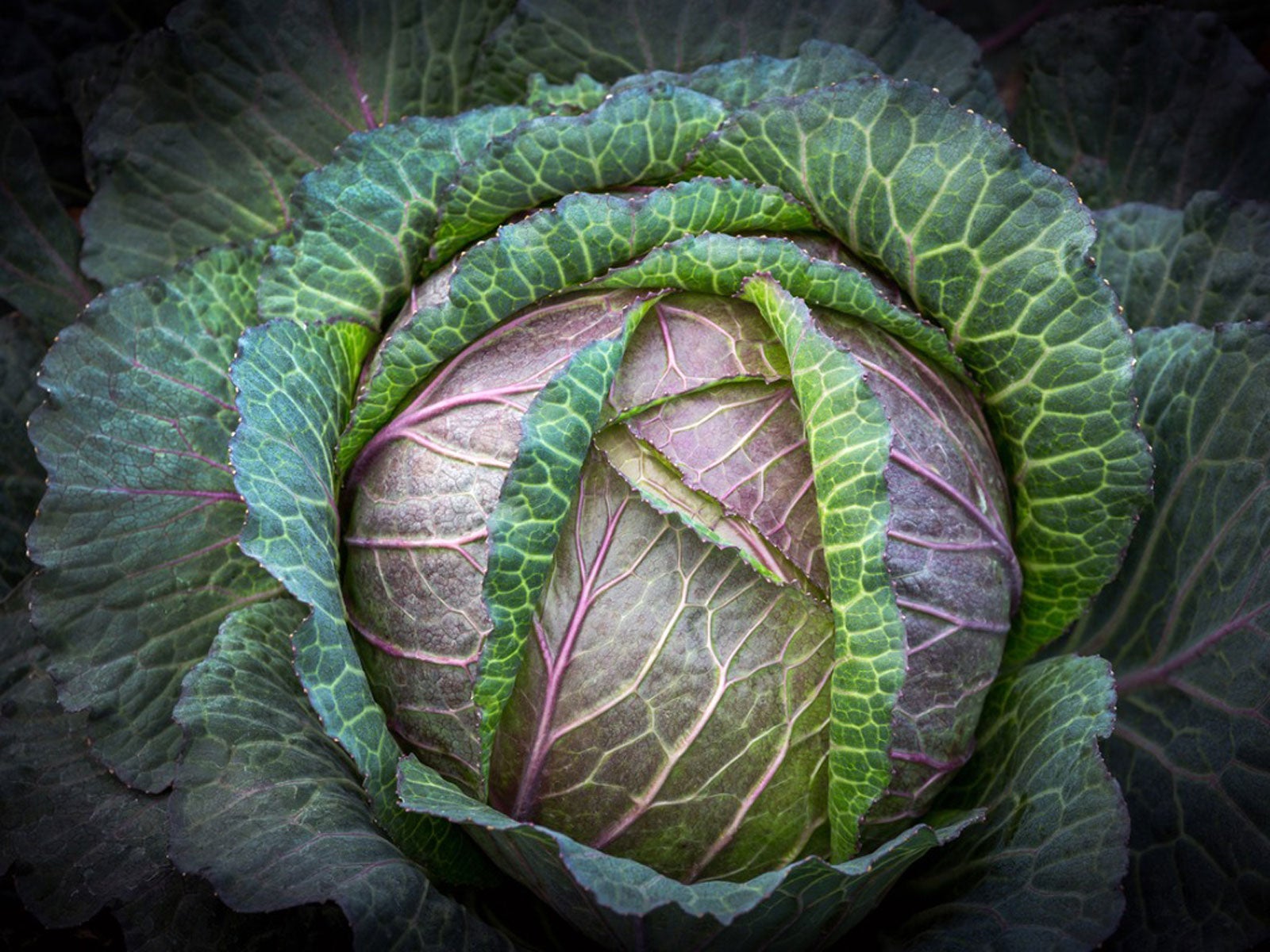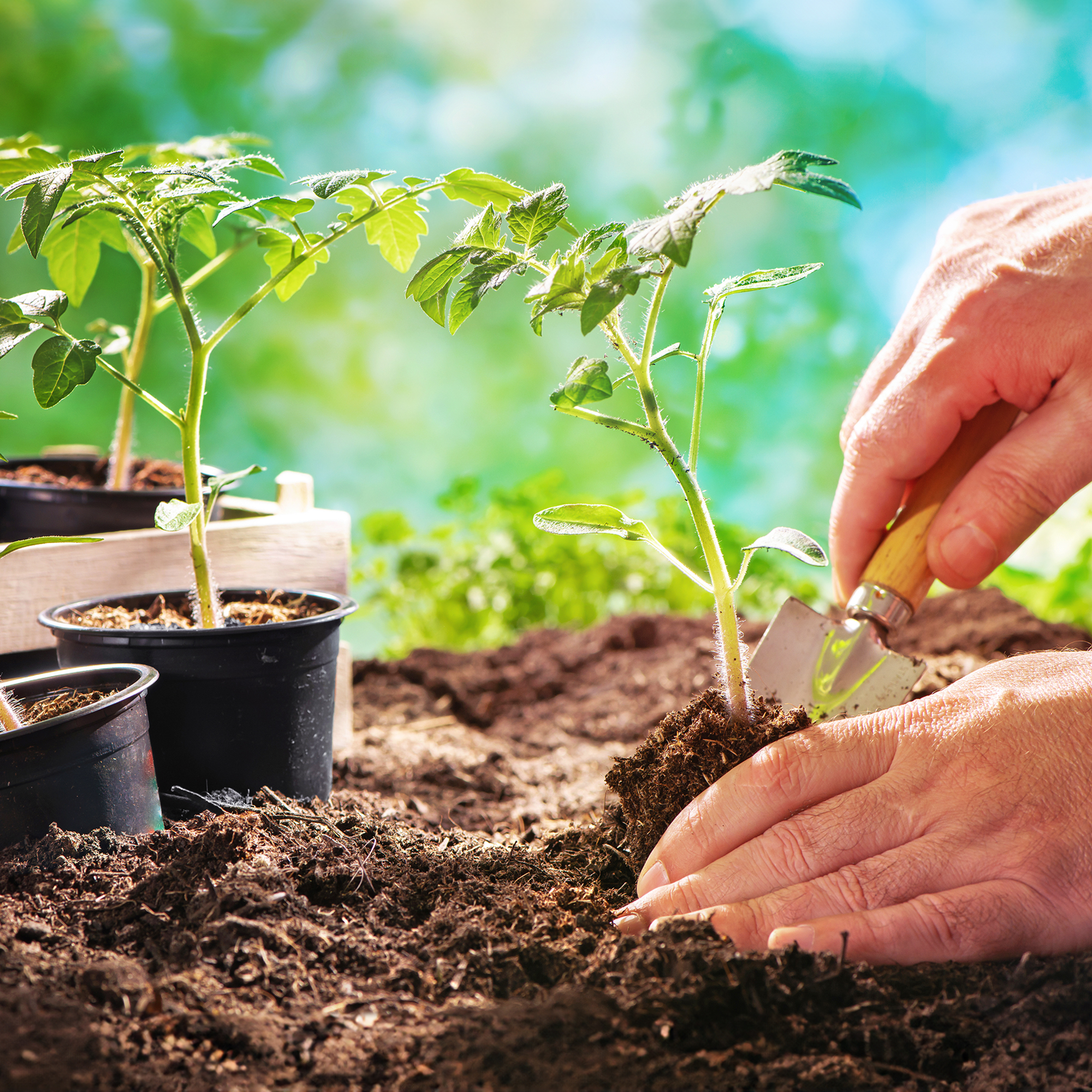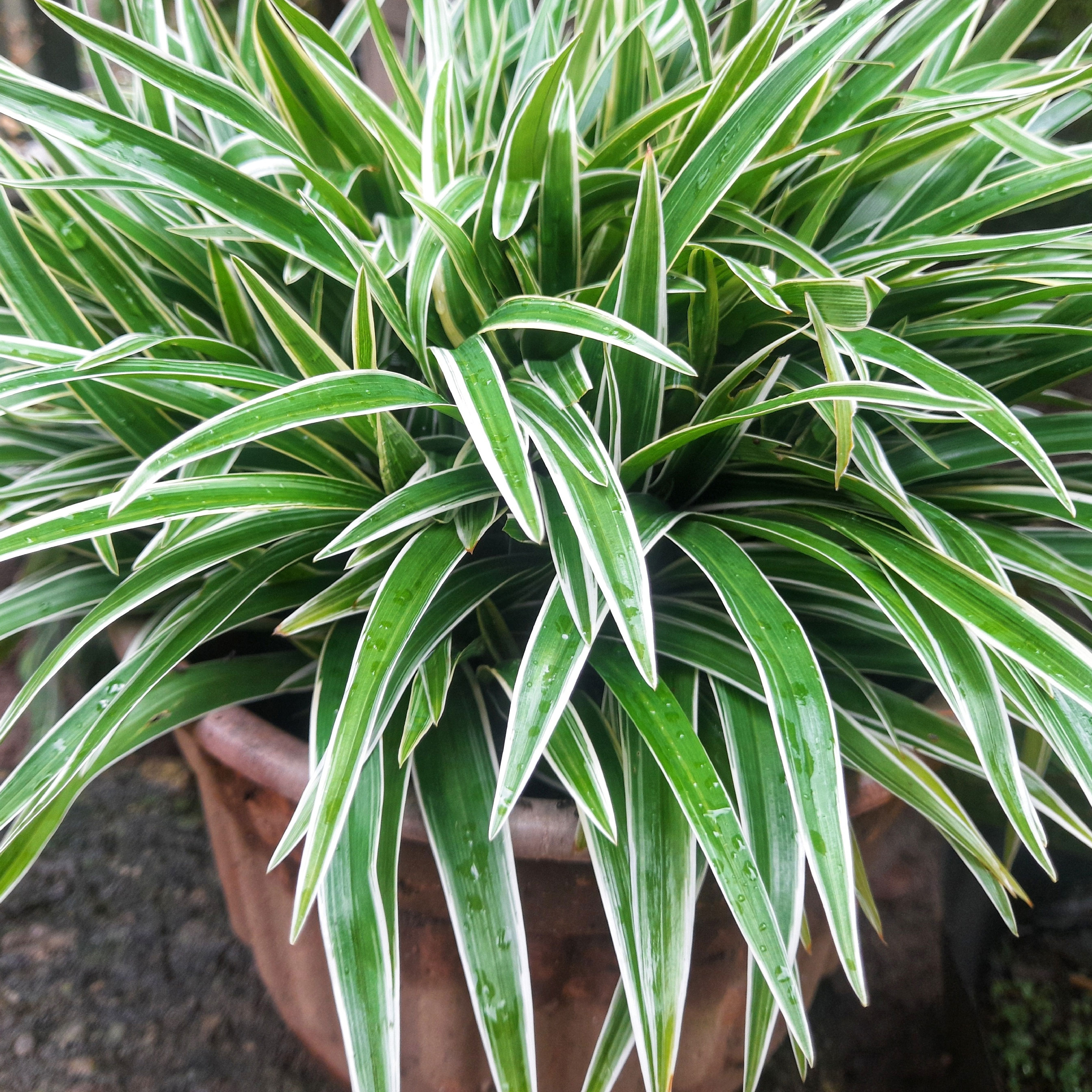Deadon Savoy Cabbage: How To Grow Deadon Cabbages


The Deadon cabbage variety is a striking, late season savoy with an excellent flavor. Like other cabbages, this is a cold season vegetable. It will get even sweeter if you let a frost hit it before harvesting. Deadon cabbage growing is easy and will provide you with a tasty, versatile cabbage for fall and early winter harvest.
Deadon Cabbage Variety
The Deadon cabbage variety is really more of a partial savoy. It is similar to the cultivar known as January King, with leaves that are not as crinkly as a savoy but not as smooth as a ball head variety.
Like savoy types, Deadon leaves are tender and more delicate than they appear. They are easier to eat raw than the smooth, thick leaves of a ball head cabbage and have a lovely sweet flavor. You can easily enjoy the leaves fresh in a salad, but they also stand up to being pickled in sauerkraut, stir fried, or roasted.
The color of Deadon savoy cabbage is also unique. It grows as a striking purplish magenta color. As it unfurls its outer leaves, a lime green head reveals itself. This is a great eating cabbage but can be decorative as well.
How to Grow Deadon Cabbages
Deadon cabbage growing is simple if you follow the general rules for cabbages: fertile, well-drained soil, full sun, and regular watering throughout the growing season. Deadon takes about 105 days to mature and is considered a late cabbage.
With a long maturity period, you can actually start these cabbages as late as June or July, depending on your climate. Harvest the heads after the first one or two frosts, as this will make the flavor even sweeter. In milder climates you can start Deadon in the fall for a spring harvest.
Watch out for pests in the summer. Cutworms, flea beetles, aphids, and cabbageworms can be damaging. Blast aphids off leaves with a hose and use row covers to protect against larger pests. The Deadon variety is resistant to the fungal disease fusarium wilt and fusarium yellows.
Gardening tips, videos, info and more delivered right to your inbox!
Sign up for the Gardening Know How newsletter today and receive a free copy of our e-book "How to Grow Delicious Tomatoes".

Mary Ellen Ellis has been gardening for over 20 years. With degrees in Chemistry and Biology, Mary Ellen's specialties are flowers, native plants, and herbs.
-
 Best Soil Tor Tomatoes: How To Cultivate The Perfect Blend & Add Amendments For A Bountiful Harvest
Best Soil Tor Tomatoes: How To Cultivate The Perfect Blend & Add Amendments For A Bountiful HarvestGive your tomato plants the foundation they need. Learn how to mix the ideal soil and choose the right amendments for your most abundant harvest yet.
By Amy Grant
-
 Want To Know How To Make A Spider Plant Bushier? 4 Secrets For Lush & Bushy Spiders
Want To Know How To Make A Spider Plant Bushier? 4 Secrets For Lush & Bushy SpidersAre you looking for ways to make your spider plant look bigger or more dramatic? Follow these quick and easy tips on how to make a spider plant bushier
By Teo Spengler